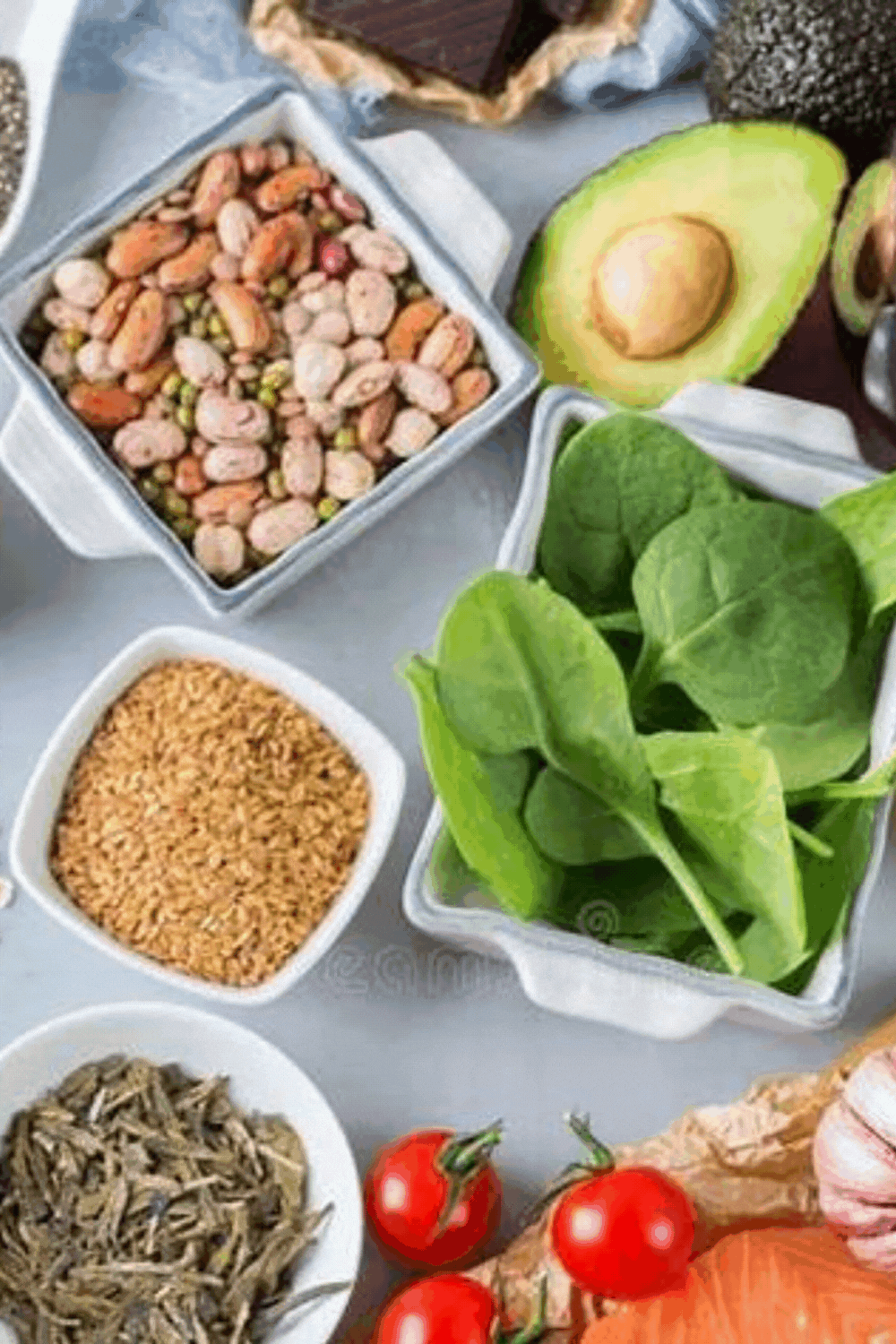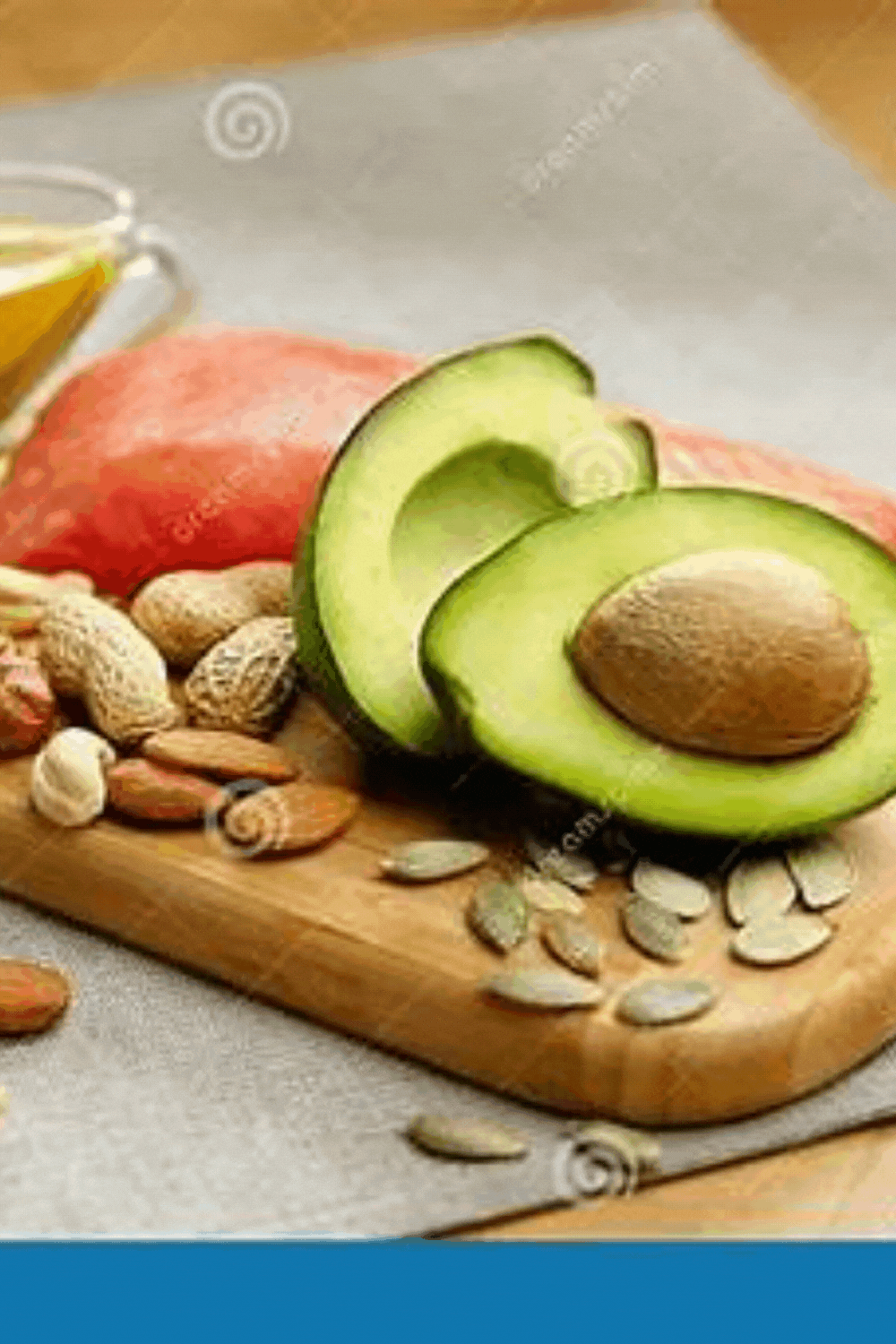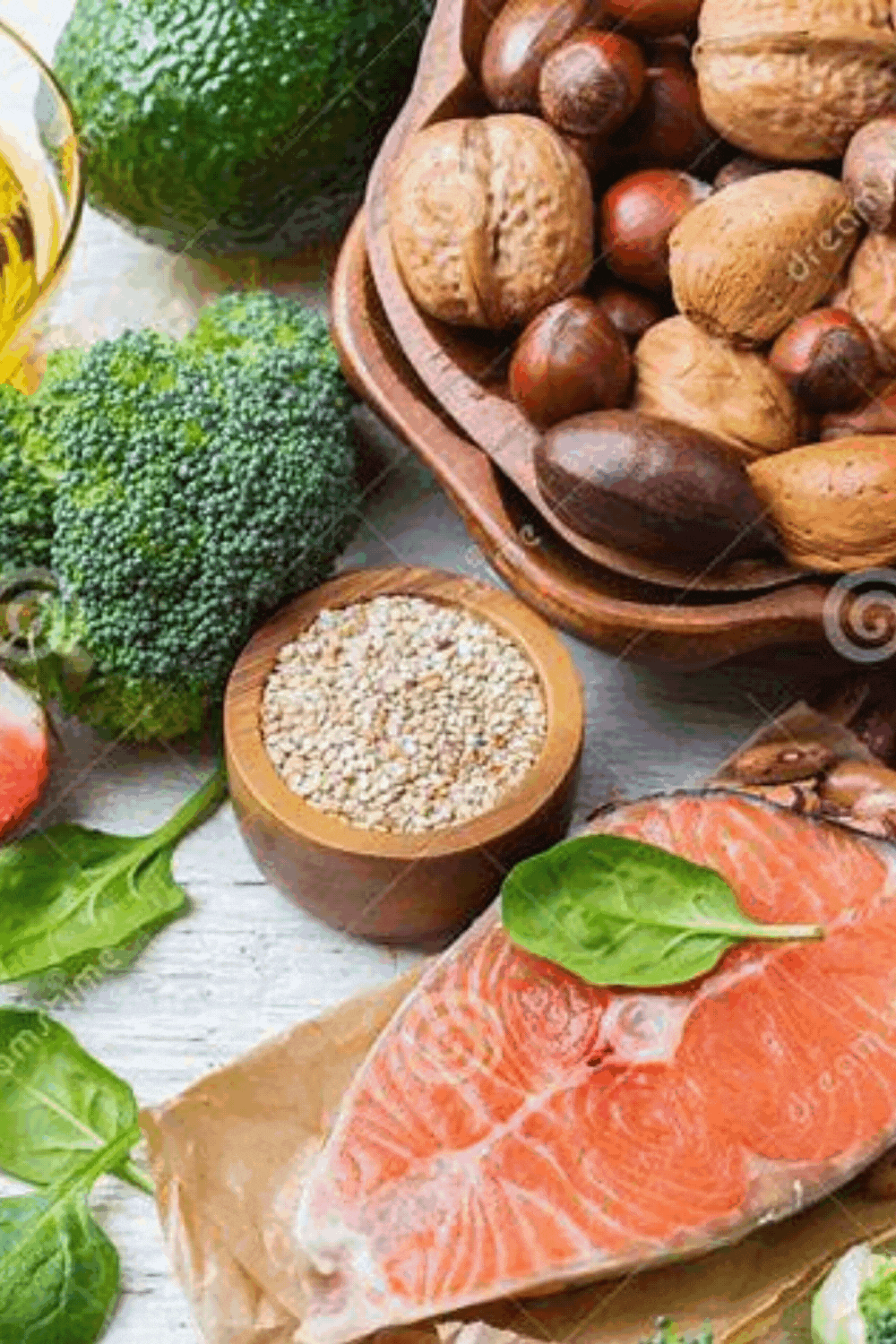Join Our Community & Get Your Free Health Starter Kit
Lowering Cholesterol Naturally: A Practical Guide for Everyday Heart Health
Think of this post as your heart-health cheat sheet. We’ll break down what cholesterol really is (minus the medical jargon), why some folks are more likely to see their numbers creep up, and the everyday food and lifestyle tweaks that can dial those levels back—no pill bottle required.
9/17/2025
Cholesterol is a waxy, fat-like substance that your liver makes for a good reason: it helps build cell walls and hormones. Trouble begins when there is too much of the wrong kind circulating in your blood. Routine lab work reports three figures—LDL, HDL, and triglycerides. LDL, often branded the “bad” cholesterol, can stick to artery walls and form plaques. HDL, the “good” helper, ferries excess cholesterol back to the liver for disposal. Triglycerides are another type of blood fat that rises with sugary snacks and large meals. When LDL and triglycerides drift upward and HDL drifts downward, arteries stiffen, blockages grow, and the risk of heart attack and stroke rises.
Certain groups are more likely to face those rising numbers. Cholesterol often inches higher after the age of fifty because the liver clears LDL less efficiently. Carrying extra weight, eating a diet rich in saturated fat, sitting for long stretches, smoking, and drinking heavily all push levels higher, as do conditions such as type 2 diabetes and high blood pressure. Even so, family history deserves real attention. A hereditary disorder called familial hypercholesterolemia disables the liver’s LDL-clearing receptors, leaving some people with dangerously high levels from childhood. If a close relative had a heart attack at a young age or has always battled high cholesterol, it is wise to be extra vigilant and to test early and often.
For most people whose cholesterol is only moderately elevated, lifestyle changes can move the numbers noticeably—sometimes within twelve weeks. The first and most powerful step is to replace saturated fats with unsaturated ones. That means trimming back on fatty cuts of beef, butter, full-fat dairy, and commercially fried foods, while pouring more olive oil, tossing more avocado slices on salads, and choosing fish such as salmon, mackerel, or sardines twice a week. Unsaturated fats nudge LDL down and lift helpful HDL.
Next, invite soluble fiber to every meal. Oatmeal at breakfast, lentil soup at lunch, and an apple for a snack are not just wholesome choices; their viscous fiber binds cholesterol in the gut and escorts it out of the body before it reaches the bloodstream. Five to ten grams of soluble fiber a day—the amount in a cup of cooked oats plus half a cup of beans—can shave LDL by several percentage points on its own.
Regular movement is the third pillar. Aim for at least 150 minutes of brisk walking, cycling, dancing, or swimming each week, with two sessions of strength training folded in. Exercise activates enzymes that guide LDL toward the liver for disposal and prompts the body to raise HDL. If weight comes off in the process—even five percent of body mass—LDL and triglycerides typically fall further and HDL ticks higher.
A smoke-free lifestyle and moderate, if any, alcohol use round out the natural toolkit. Cigarette smoke oxidizes LDL particles, making them stickier and more dangerous; quitting reverses that damage quickly. Up to one drink a day for women and two for men is generally considered safe, but more than that drives triglycerides upward and undermines liver function. Finally, consistent sleep, manageable stress, and cooking at home whenever possible help keep hormones steady and portion sizes sensible—two underrated allies in cholesterol control.
Medication remains essential for people with very high numbers or a genetic condition such as familial hypercholesterolemia, yet many adults with mild to moderate elevations can postpone—or entirely avoid—drugs by embracing these daily habits. Talk with your healthcare provider, commit to three months of purposeful effort, and let the next blood test tell the story. A healthier set of numbers, and a healthier heart, often begins with the choices you make in the kitchen, on the sidewalk, and at the end of a sleeve of cigarettes.






